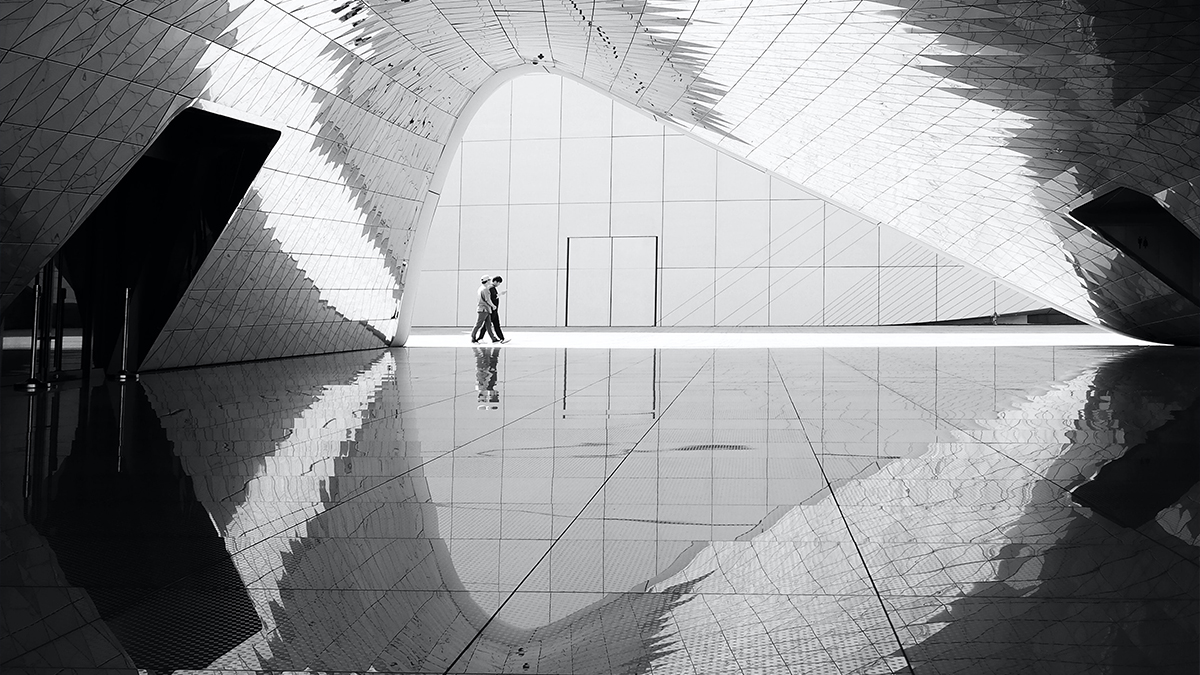Geometric photography is the art of finding and harnessing the world’s geometry via imagery. We use our cameras to turn our geometrical surroundings into powerful and dynamic photos.
Table of Contents
What is geometric photography
Geometric photography concentrates on the geometric lines, shapes, and patterns found in the world. As geometric images are usually found in architectural photography, the subject can be anything from vast cityscapes to patterns found in nature. The only condition is that the photographer uses the beauty of geometry to make the image look attractive.
For many geometric photographers, the satisfaction lies in representing the world in a neat and orderly way.
When it comes to finding an organization in chaos, observation is key. “It’s a practice of being aware of your surroundings,” says Rob Chambliss, a photographer who usually finds inspiration during his travels around the San Francisco Bay Area. “Graphic design is my profession. Thus, this style of photography matches the way my brain works. It’s all about clicking things into place and putting things line up in a certain way.”
Knowing how to use geometric shapes and implement them in your photos can make you an expert or even enhance your skills as a photographer.
Besides, geometric photography can be found in a particular genre of photography, like:
1. Architectural photography
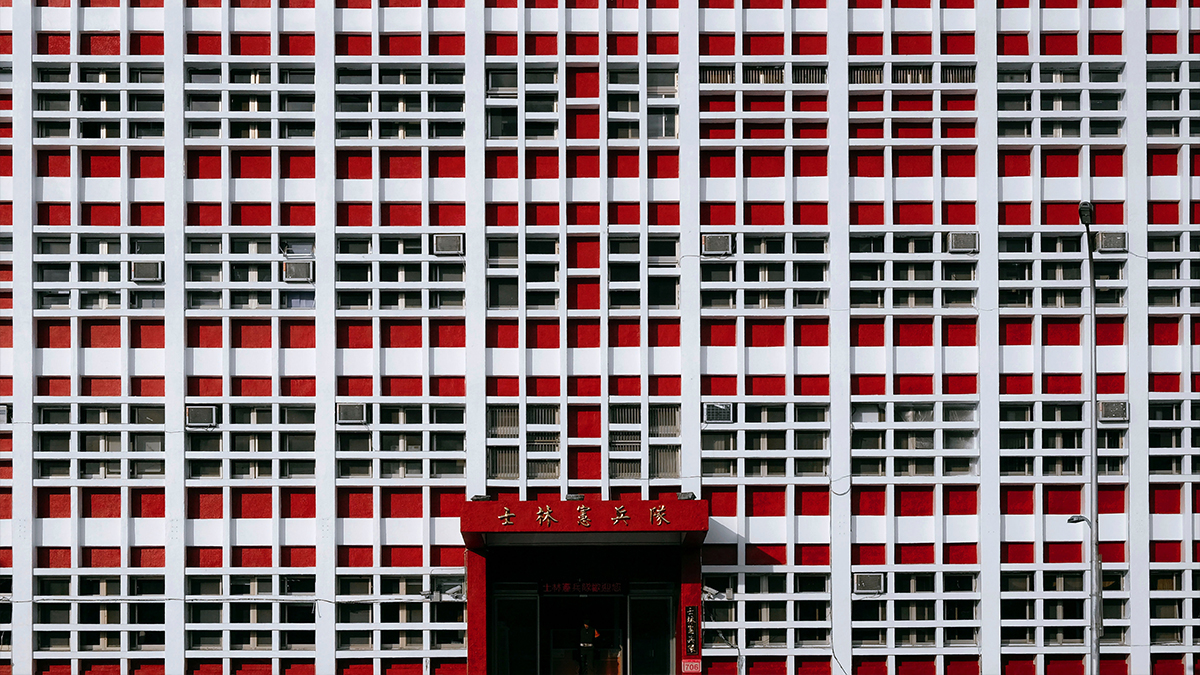
You might find geometric photography ideas by looking at the unique shapes and flows of concrete upon buildings, which can create a certain shape from a certain perspective; this composition could be considered as geometric photography.
2. Abstract expressionism and minimalism
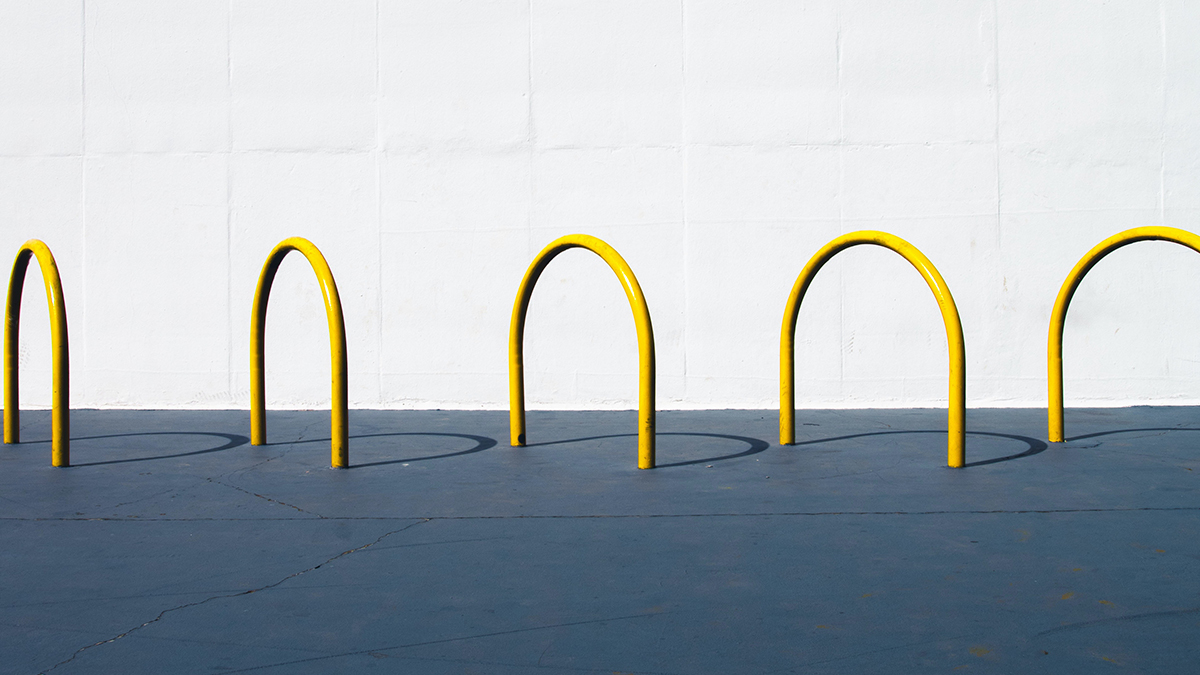
Abstract Expressionists such as Jackson Pollock like to create abstract works which mean something within a specific context.
In addition, photography can highlight some feelings and emotions from shapes and lines or patterns.
3. Fashion photography
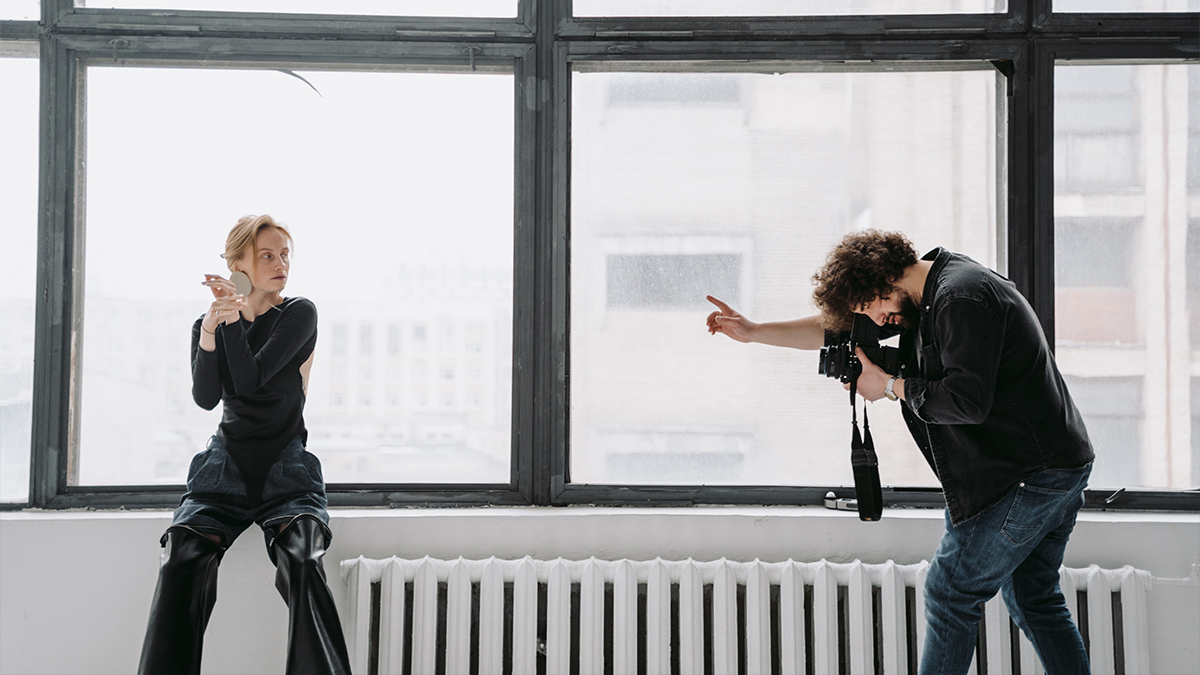
Geometric photography ideas can be found in fashion from high-end fashion designs. Fashion designers want photographers who know what to focus on.
Geometric photography here is about emphasizing patterns, proper posture, composition, and so on.
Geometric photography tips and ideas
1- Repeat yourself
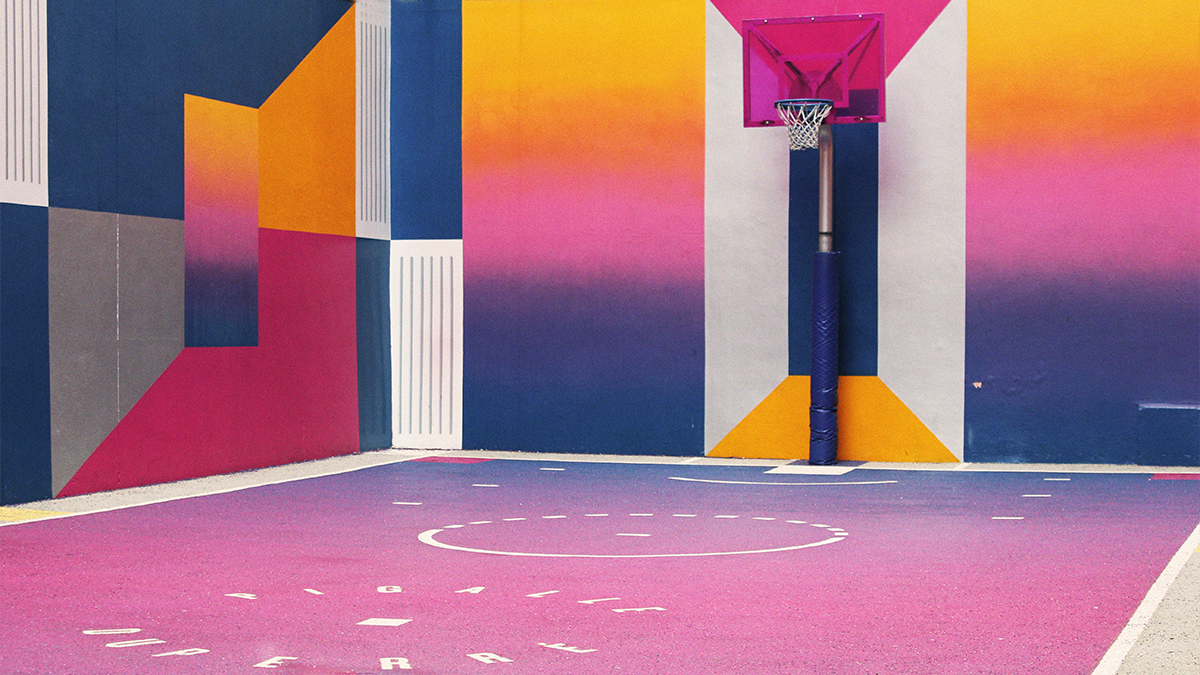
Repetition includes repeating a subject several times for greater impact in an image. You can find geometric shapes which repeat to create patterns throughout your images. With each repetition, the geometry in the image is emphasized. It gives rhythm and structure to your geometric photography. The shapes become part of the narrative of your photography.
Repeating geometric patterns is especially effective, as it creates a bold statement. The repeated geometry can lead the viewer’s eye.
Look for brick walls, windows, tiles and flowers. Countless repetitious themes simultaneously emphasize geometric qualities.
2- Take a walk
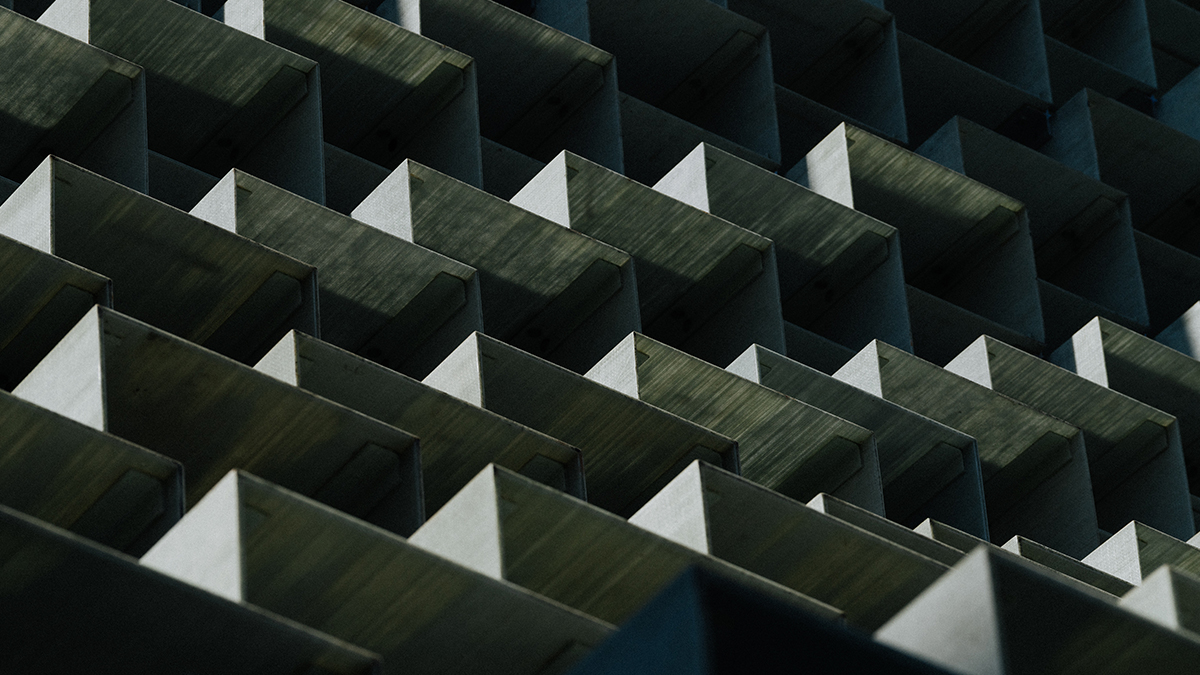
It can help to walk around your neighborhood and look for interesting lines and shapes where you might normally miss them. First suggestion is to look up. It’s easy to get into a routine and get from point A to point B. Slow down, look at things from new angles, and then break that routine.
The other thing is not to have an exact idea of what kind of photo you are going to take or what the subject will be. In any case, look more for good weather than for a good subject.
3- Find the light
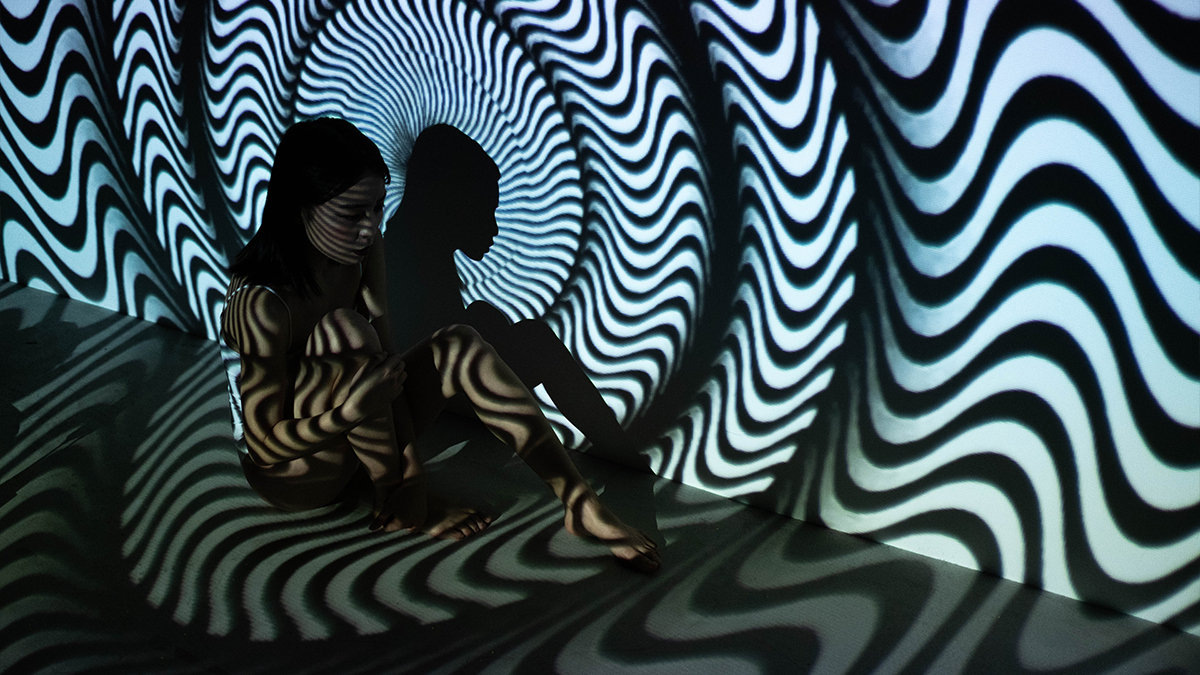
When photographing geometric shapes outdoors, light and weather can both play an important role. Many interesting geometric effects can result from shadows, that change dramatically throughout the day. Try looking at a specific structure with the sun shining on it early in the morning or just before sunset, rather than in the middle of the day. You will get softer light and more varied colors in the morning and closer to dusk, as opposed to the harsh, sharp shadows at midday – explore both options and see what results you can get.
4- Get some perspective
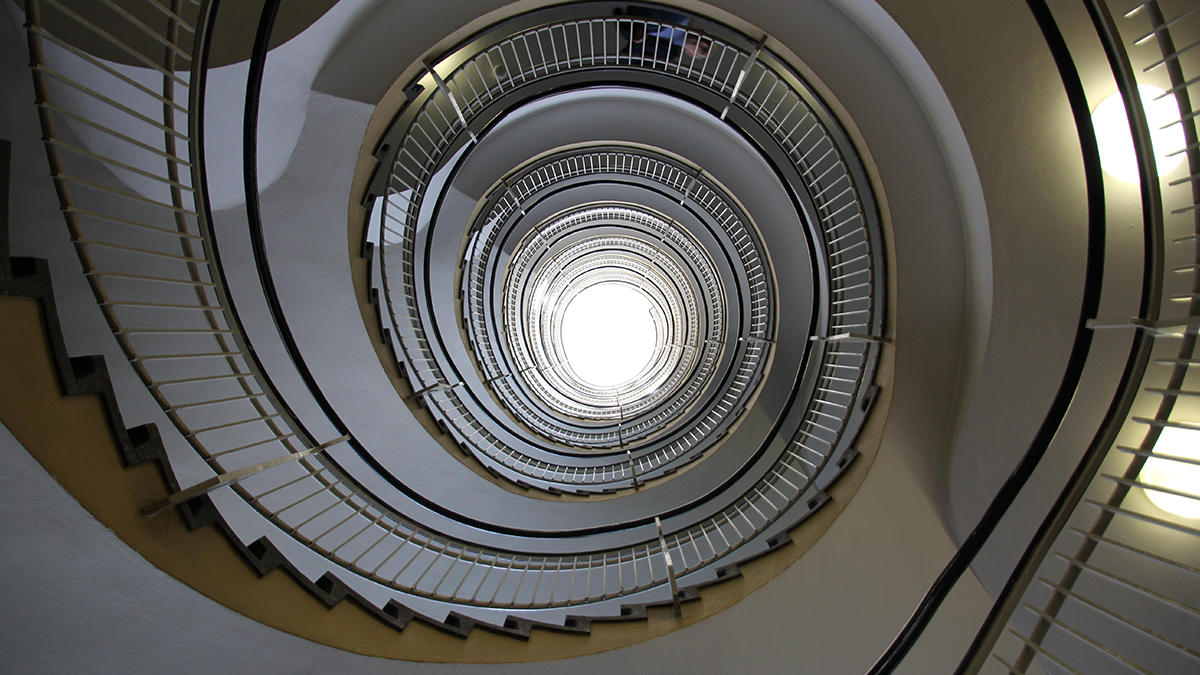
Perspective is a powerful tool in the photographer’s toolbox. It usually makes the difference between a boring photo and an interesting one.
Perspective refers to the spatial relationship between a photographer and a subject. You control the point where the viewer enters the picture by adjusting perspective. A photo captured with a camera on the ground offers a visual experience. A camera placed above a subject looking down, a different one.
In geometric photography, many subjects appear in mundane situations and settings.
Test the position of a camera in relation to a geometric object. You may create an unusual and attractive perspective.
5- Use color
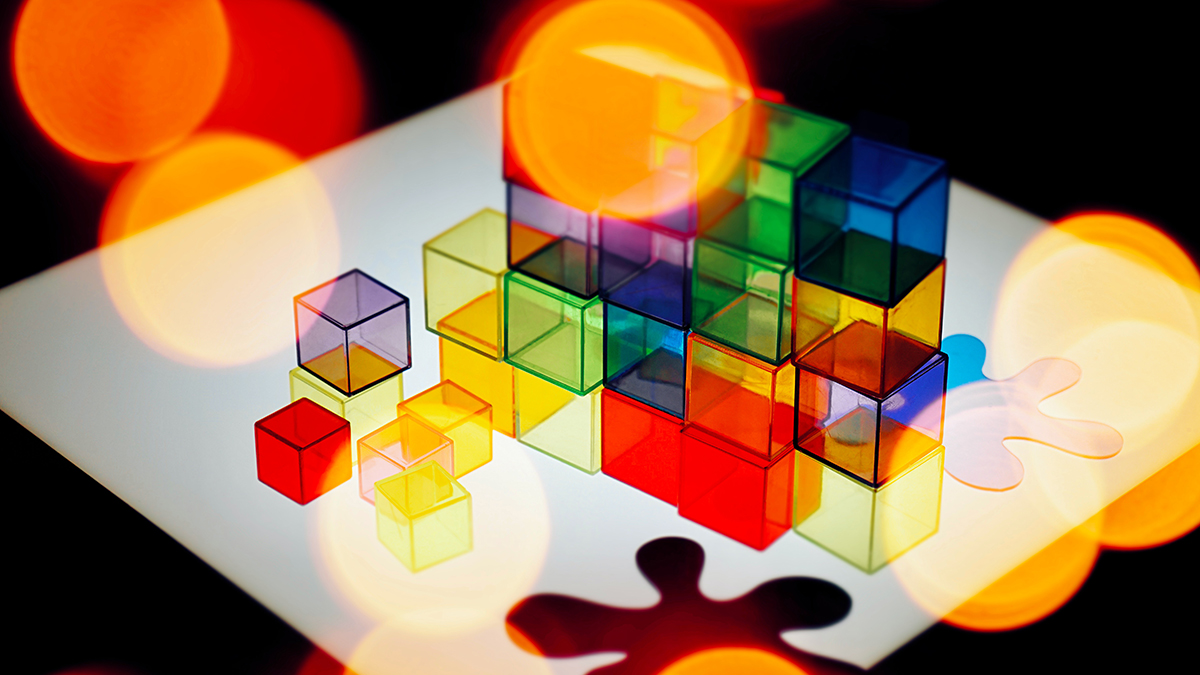
Color can bring a geometric image to life, and attract the viewer’s eye. But color can also work on a deeper, more psychological level. Colors are associated with emotional experiences. Different colors have special meanings for different people. While red represents passion, blue represents calmness. By combining color, you introduce a new layer of experience to geometric photography.
Bringing color theory into your work will add depth and meaning to your geometric photography. You can use different color patterns to give your images a more significant emotional feel.
Additionally, you can use color to make your images pop. Geometric shapes give you a canvas to add blocks of bold colors. You can use the colors to highlight the geometric patterns and shapes.
Color can give new dimensions to architectural photography. Reinforces blocks and lines. And color brings life to abstract scenes.
6-Try black and white
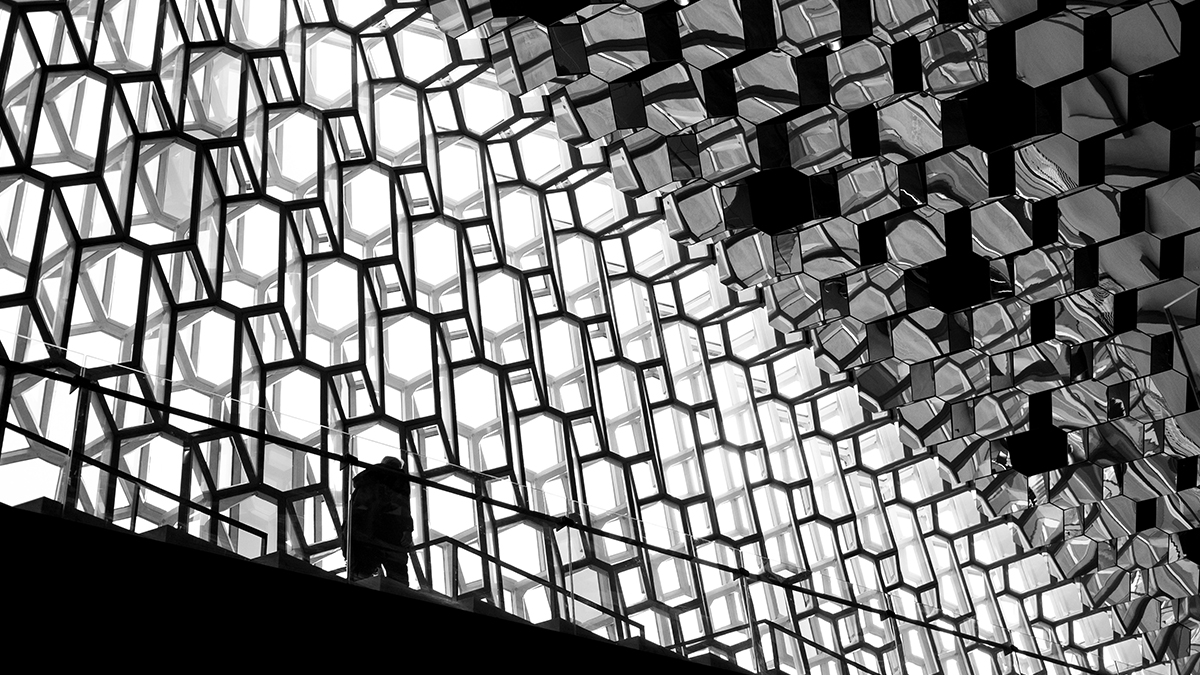
Black and white cannot rely on color to draw attention. It depends on shape and form. Black and white contrast helps create dynamic shapes and lines.
You have no colored blocks. But you can find strong shapes made from black and white. And you can look for contrasting shades of gray as well.
Black and white photography is about finding light and dark areas. Look for areas where light meets dark. Rays of light and shadows create a world of form which surrounds you.
7- Follow the rule of thirds
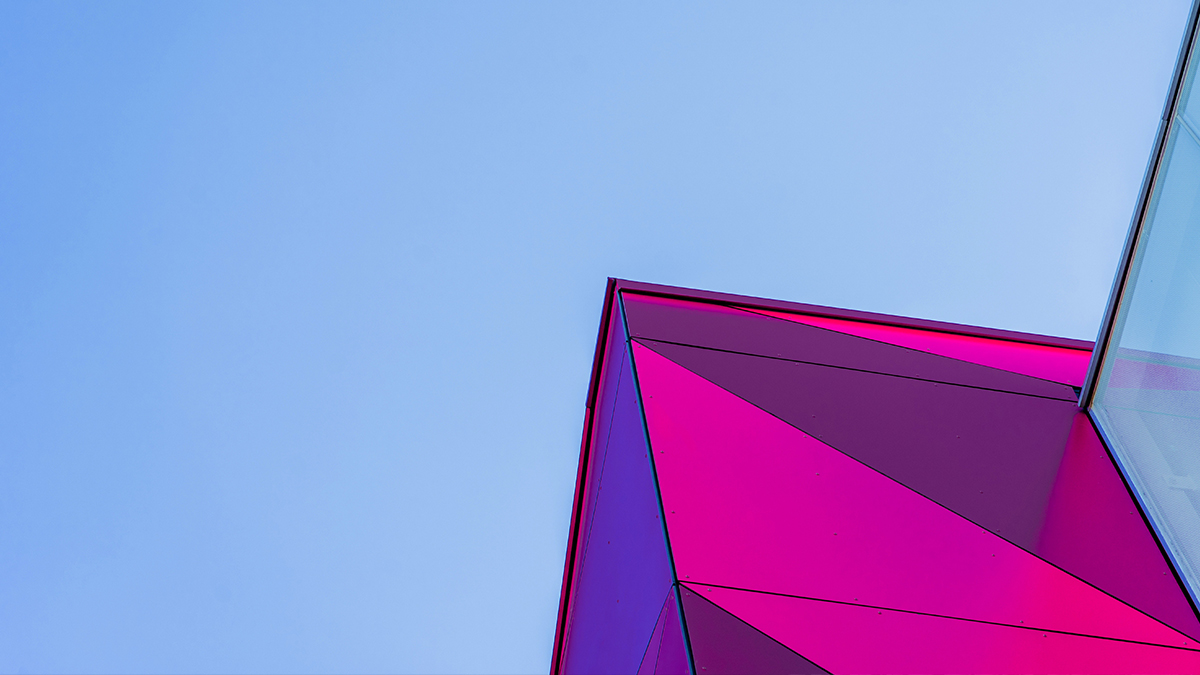
The rule of thirds can help you have a strong composition and make your image look compelling. For your guidance, most mobile devices and high-end cameras offer a viewfinder grid display option. Turn this on, and horizontal and vertical lines will appear over your scene. Thereafter, you can place your focal points on the cross-sections of these rows and columns.
8- Suggest symmetry
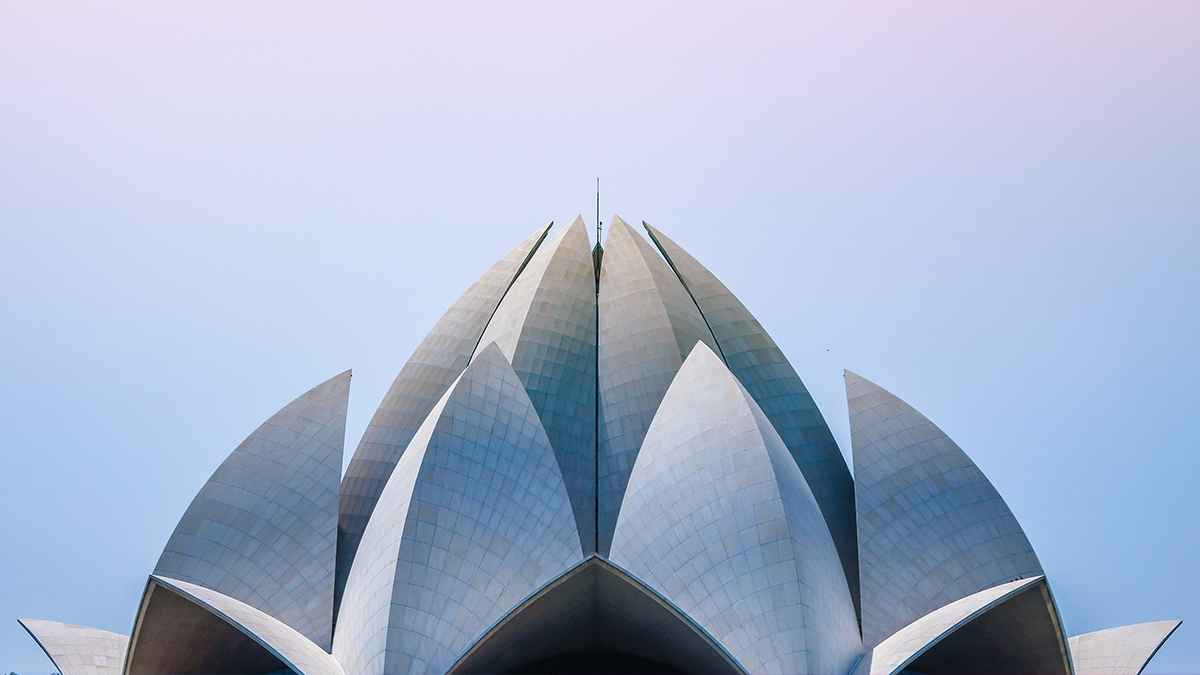
Symmetry is the visual balance of one or more subjects within a composition. It occurs both naturally and artificially. It is often tied to the geometric features of a photo. Symmetry visually and psychologically pleasing to encounter. And it adds a smooth flow to a photo.
It doesn’t have to be a perfect image to get the impression of symmetry. You can find symmetry by using reflections in glass or water. Or you can look for similar geometric shapes in your compositions.
It is sufficient to suggest geometric features that are evenly distributed over an image. This experience evokes a sense of geometric symmetry in itself.
9- Balance it out
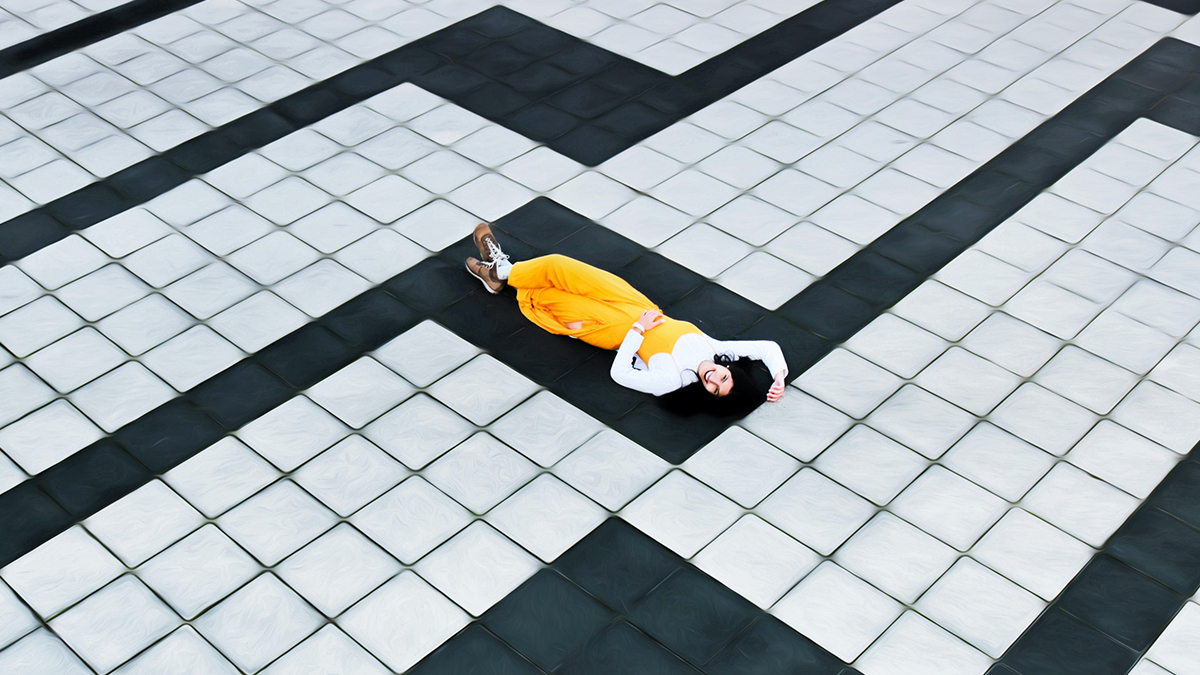
No matter what kind of photos you want to capture, follow the path of any professional photographer and work to perfect your photo composition. This issue is more important in geometric photography. When shoot and edit, think about how to balance the elements of your photo.
Don’t overwhelm your viewer with many colors or objects in your photo. Most geometric photos verge on minimalism, with a limited amount of color and shape, so the patterns can shine through.
Consider that the eye goes to the lightest part of the picture. Try to keep this in mind when You are lining up your combinations. Surely, you don’t want attention drawn to the wrong end of the photo.
10- Capturing texture
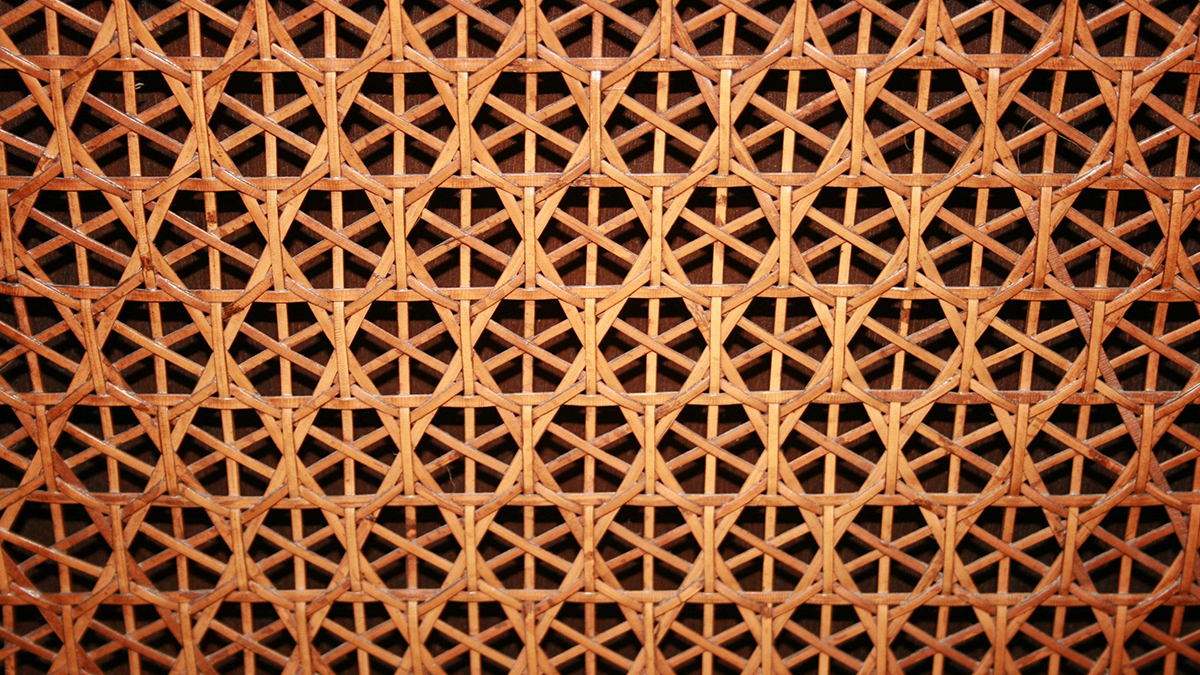
Texture defines the feel of an image. It lets the viewer connect with a photo on a physical level. Rough, smooth, wrinkly, or slippery – most subjects are made from textural quality.
Geometric themes act on many textural levels. Polished metallic surfaces give an impression of smoothness and modernity. Weather-worn geometric architecture can be rough and old-fashioned. You can nearly feel the rough texture of old bricks.
In addition, you can use geometric elements as a tool to show texture. Each component improves texture by dividing the image into digestible parts.
11- Depth of field

Isolating the composition of objects by blurring the background is usually used for photographing people or portraits, or anything where the goal is to focus the audience of the photo on the featured object only.
12- Golden Ratio
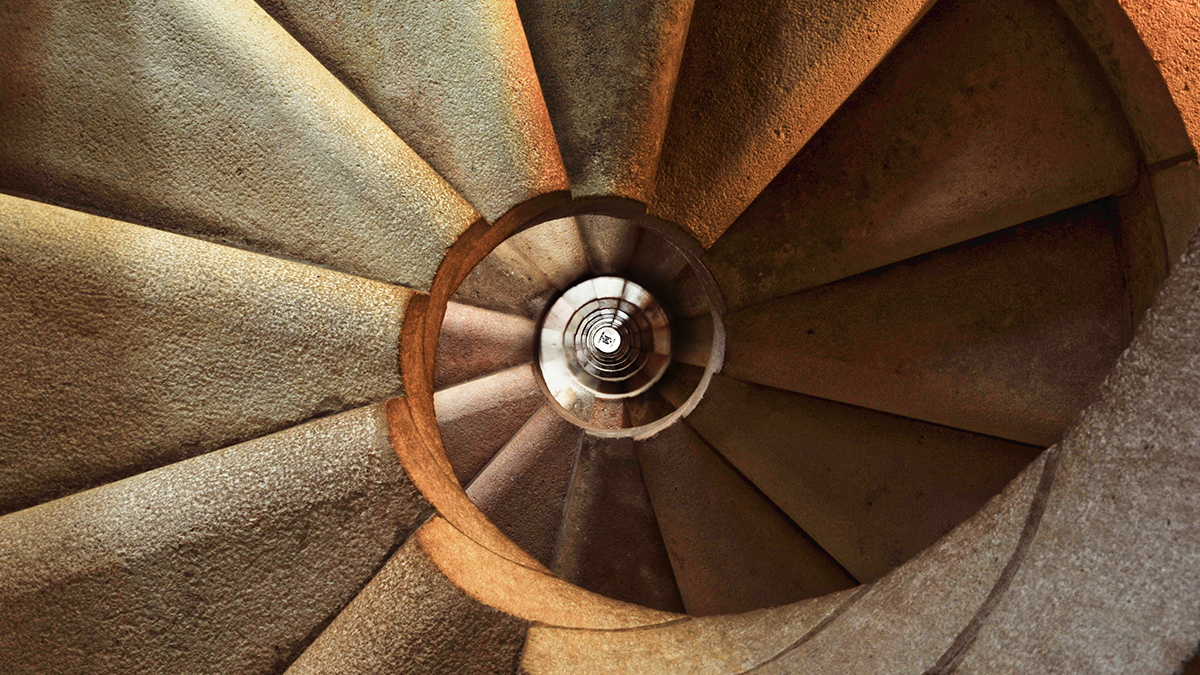
The fibonacci sequence, also called the Golden Ratio, is a geometric photography composition that divides the area of the photo, either by real lines or virtual edges, into positive-negative
It seems that there is a contrast between these two fields so that it forms a harmonious unity.
The principle of the golden shape is by diving the positive-negative areas appropriately.
In a balanced way, the photo seems well composed.
Geometric photo editing tips
Sophisticated photo manipulation tools in Adobe Photoshop Lightroom can help you perfect your geometric photography.
Some useful tasks in Lightroom:
Remove unwanted objects
The Clone Stamp tool can remove anything which gets in the way of your focal points.
Color and shading
Increase contrast, increase the saturation, or just darken the shadows to show more drama.
Straighten the lines
Geometry is all about straight lines and precision, but the angle of cameras and lenses can skew things. Adjust perspective distortions to make sure your shapes look exactly the way you intend.
But make sure not to over edit. Edit to a point, put the photo down, and then come back to it and see what you think.
How to keep your geometry photos fresh
Geometric photography
it is not just artsy photos of buildings or forests. It is a celebration of new perspectives on what surrounds you. If urban architecture does not attract you, or you want to try something new, get creative in other ways with the principles of geometric photography.
Take geometric pictures at home.
You don’t have to go out to find attractive patterns. Unique patterns and geometric themes exist even in the most familiar environments. And, depending on the time of day, you can find great light and shadows right in your home. Also, you can be on your couch, but a ray of light can hit a wall and make an amazing geometric shot.
Try new angles on old subjects
If you find an object or pattern which might work but isn’t relatively there yet, spend some time with it. Move your body closer or further away to change your angle. Play with this combination, or revisit it at another time of day to see how different light changes the scene.
Take to the sky
If you are ready for an interesting change of scenery, aerial photography—both urban and landscape captured from the sky—can be a wonderful way to reveal geometry in the world. Street grids, farms, dunes, and hills can all form fascinating shapes when viewed from a distance.
Conclusion
Geometric photography appeals to viewers to look aesthetic studies of the physical world. It is about finding lines and shapes in the world around us. It examines organic and inorganic environments.
By focusing on geometry, you create attractive photography. And it is based on the innate human desire to try and create order out of our visual environment.

